We Chinese call the Yangtze River, Chang-jiang, which means “Long River”, or just “Jiang” — river. (We called another main river, Yellow River, “He”, sounding like “her”)
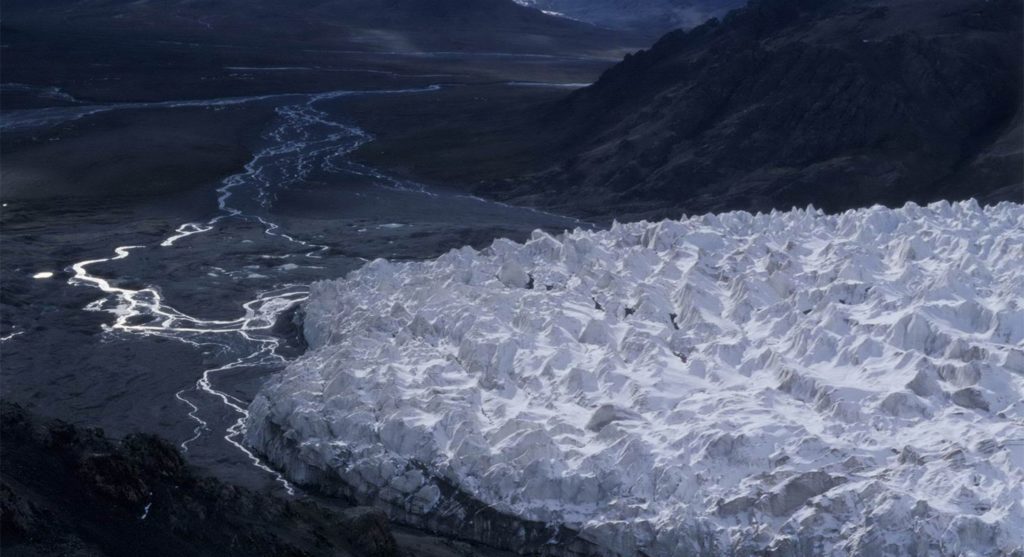
The longest river in China and the third-longest river in the world, the 6,300 kilometer Yangtze River starts at the southern foothills of the snow-covered Geladandong Peak of the Tanggula Mountains in southwestern Qinghai Province. It flows past 2 autonomous regions and 6 provinces including Qinghai, Tibet, Sichuan, Yunnan, Hubei, Hunan, Jiangxi, Anhui, Jiangsu, and Shanghai City, where it runs into the East China Sea.
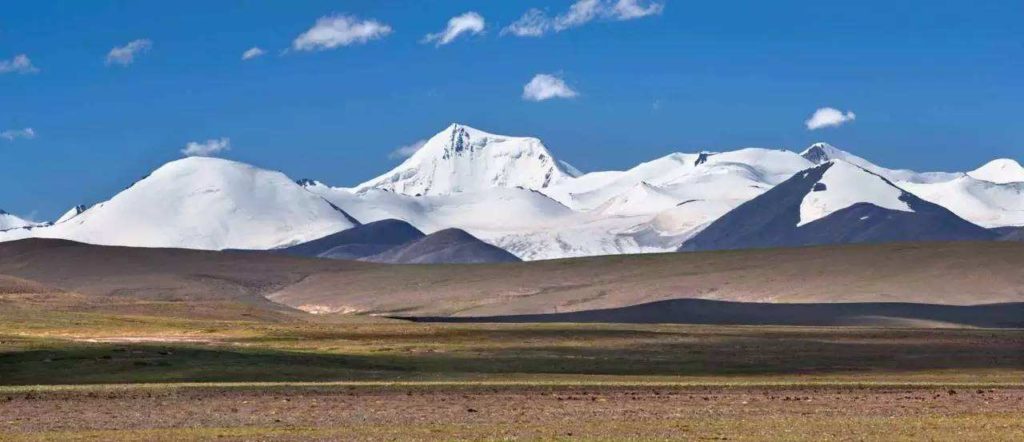
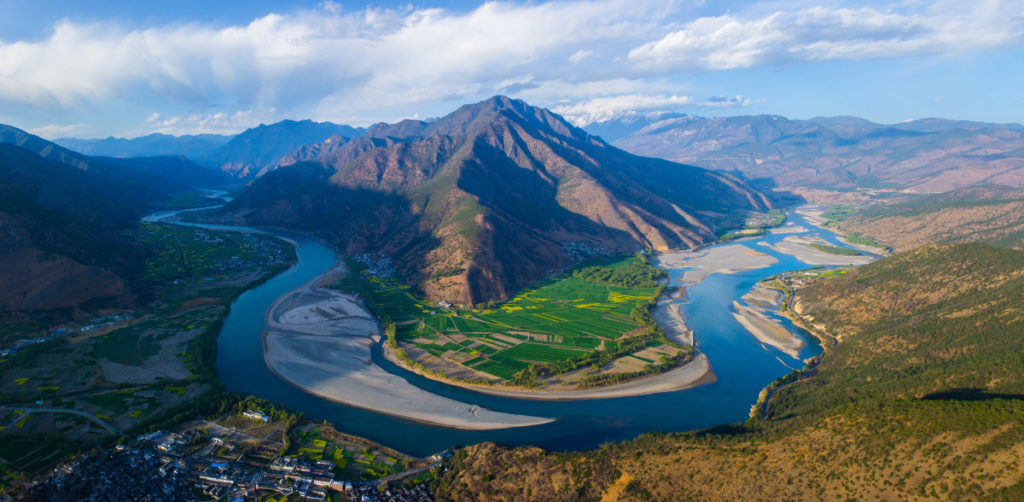
The First Bend of Yangtze River
The watershed area of the Yangtze River is about 700,000 square miles, approximately 20% of China’s total land area, and 25% of its total farming land area. Almost all of the boating traffic in China is on the Yangtze River.
Inhabited by more than 300 million people and boasting more than 2, 700 hectares of cultivated land, the Yangtze River reaches are rich in such agricultural productions as rice, cotton, edible oil, silk, linen, tea and tobacco, of which the rice production makes up 70 percent and the cotton about one-third of the country¨s total respectively.
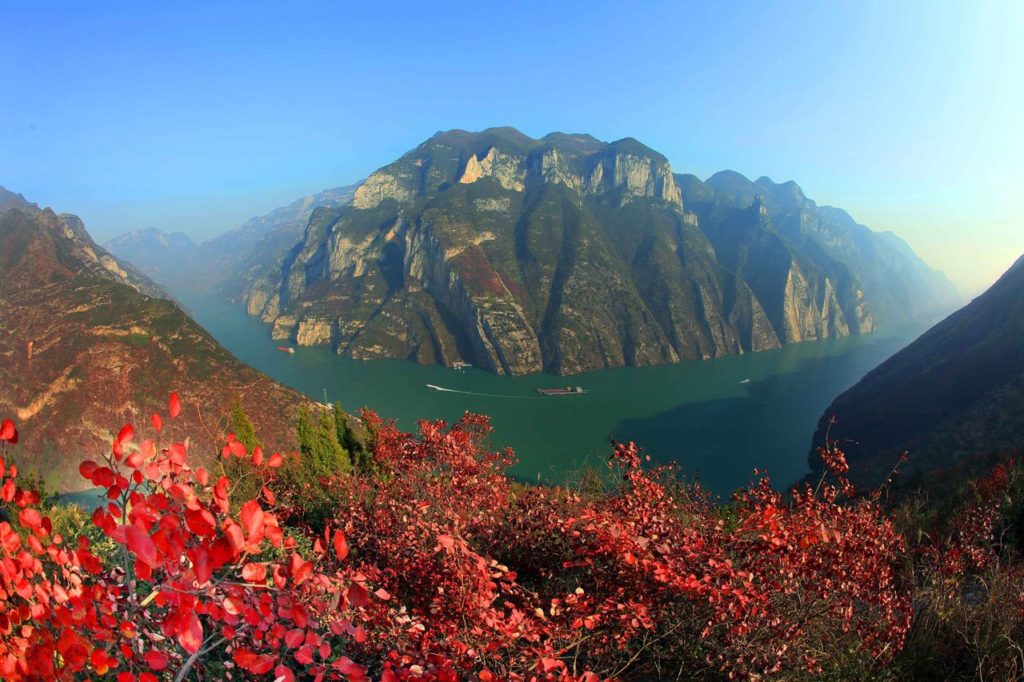
The Yangtze River reaches were one of the cradles of Chinese civilization. Places along both sides of the river are homes to hundreds and thousands of relics and ancient architectures such as mansions, terraces, and platforms, pavilions, towers, temples, gardens, stone carvings and forests of steles, which all serve as proofs of the intelligence and wisdom of the ancient Chinese people.
Read More
3 Nights Yangtze River Cruise from Chongqing to Yichang (Downstream)
4 Nights Yangtze River Crusie from Yichang to Chongqing (Upstream)

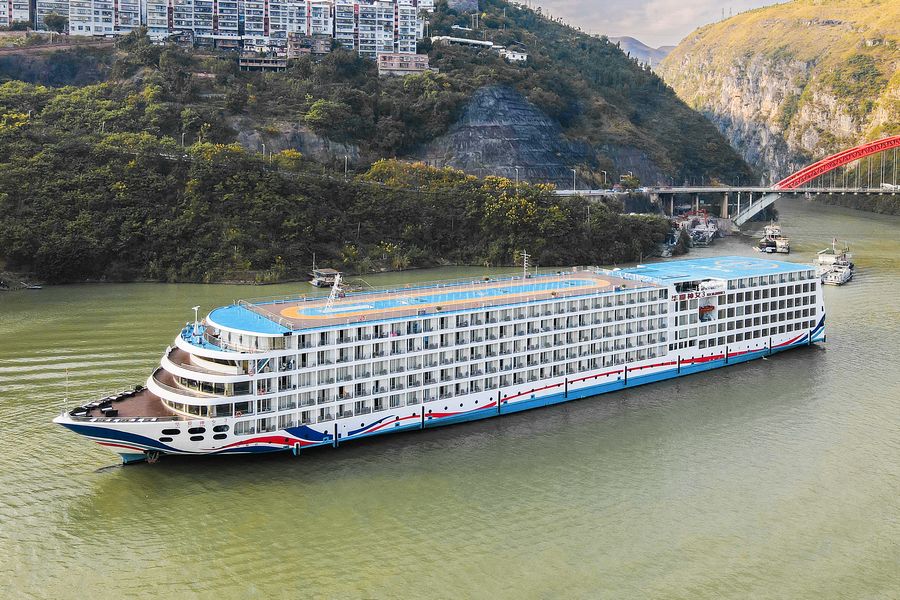
Contact Us Form